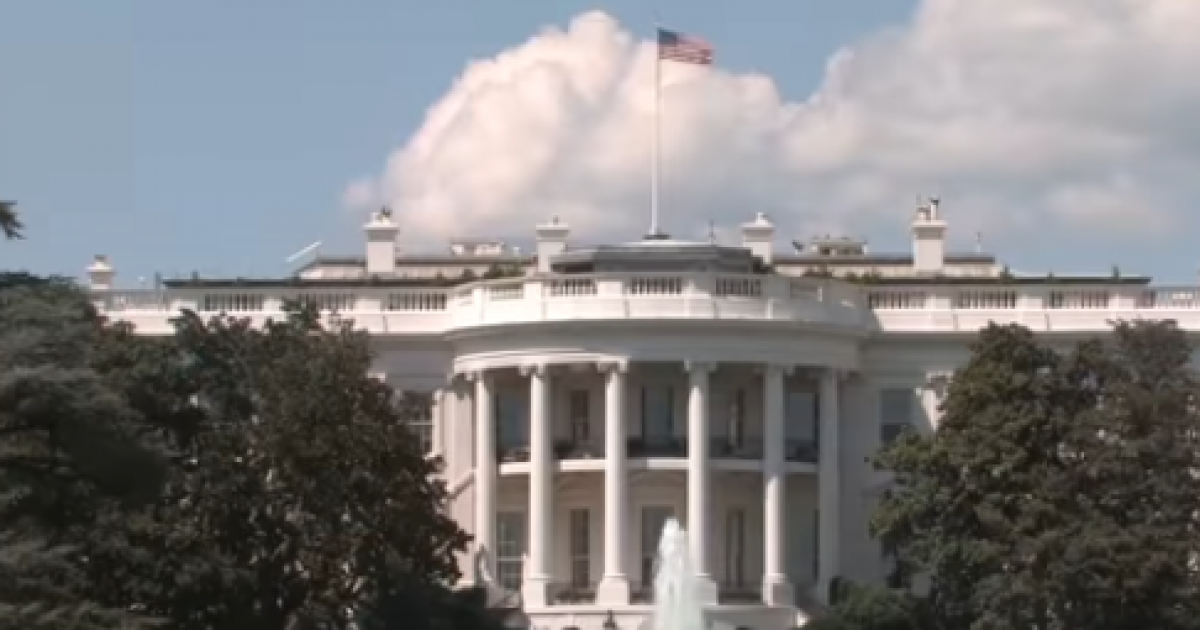
Wolf Richter of Wolf Street recently reported how the national debt increased by $1.54 trillion in “the six weeks since March 23.”
Now the national debt is around $25.06 trillion.
Richter raises a good point about the national debt’s insane increases during the Trump era. He puts some much-needed perspective on the matter:
The US debt was even surging at an accelerating rate during the “Best Economy Ever,” when there should have been a surplus and a reduction in the debt, so that the government can go into debt during bad times.
I wrote back then, for example on February 19, when the debt had spiked by $1.3 trillion over the past 12 months to $23.3 trillion: ‘But these are the good times. And we don’t even want to know what this will look like during the next economic downturn.’
Richter also broke down the series of stimulus packages totaling $2.8 trillion that the government has signed off on during the last month:
Phase 1: $8 billion, enacted on March 6. To fight the spread of The Virus
Phase 2: $100 billion, enacted on March 18. Tax credits for employers offering paid sick leave, plus increases to unemployment benefits and food assistance.
Phase 3: $2.1 trillion, enacted on March 27. Largest stimulus package ever, dwarfing the 2009 stimulus package of a mere $800 billion. The CARES Act includes provisions to bail out the investors of Corporate America and financial markets more generally, directly and also indirectly via the Fed’s Special Purpose Vehicles (SPVs) to which taxpayers provide the equity capital to take the first loss.
The package includes extra unemployment benefits, free money for taxpayers and retirees, funds for the healthcare system, some money for “small businesses” under the Payroll Protection Program (PPP) that quickly tended to flow to well-connected not-so-small businesses, etc. etc. This is a huge massive complex bill with lots of goodies in it.
Phase 3.5 or 4: $484 billion, enacted on April 28. Refills the PPP and the Economic Injury Disaster Loans, plus sends money to health care providers, hospitals, and for coronavirus testing.
Phases 5 – umpteen: to be enacted soon.
According to recent reports, the Federal Reserve added $1.39 trillion in Treasury securities to its balance sheet. In that same period, the Treasury Department tacked on $1.54 trillion to the total debt. As Richter noted, “the Fed has – indirectly, as is the iron rule in the US – monetized 90% of this additional debt. We’re living off printed money, pure and simple.”
The U.S. is entering uncharted waters with its big spending and over-reliance on easy money. If there is no fiscal course correction, the U.S. could be faced with a sovereign debt crisis of catastrophic proportions. For the first time in decades, Americans could witness wholesale reductions in their standard of living.



